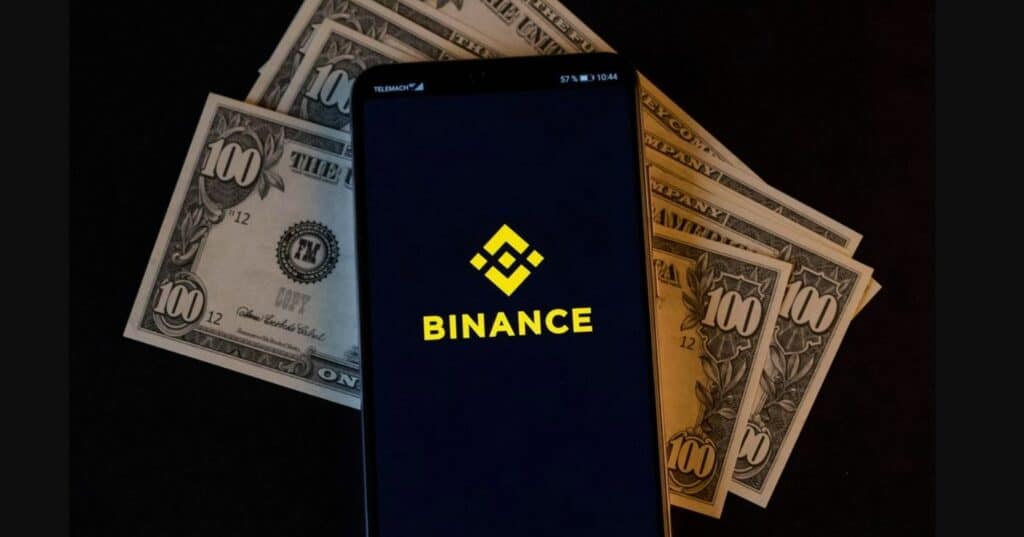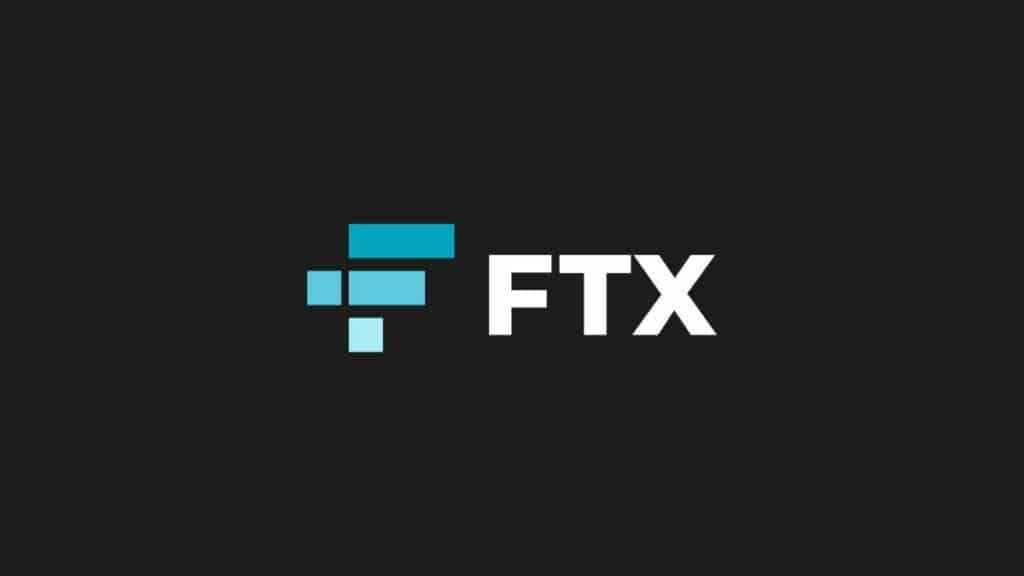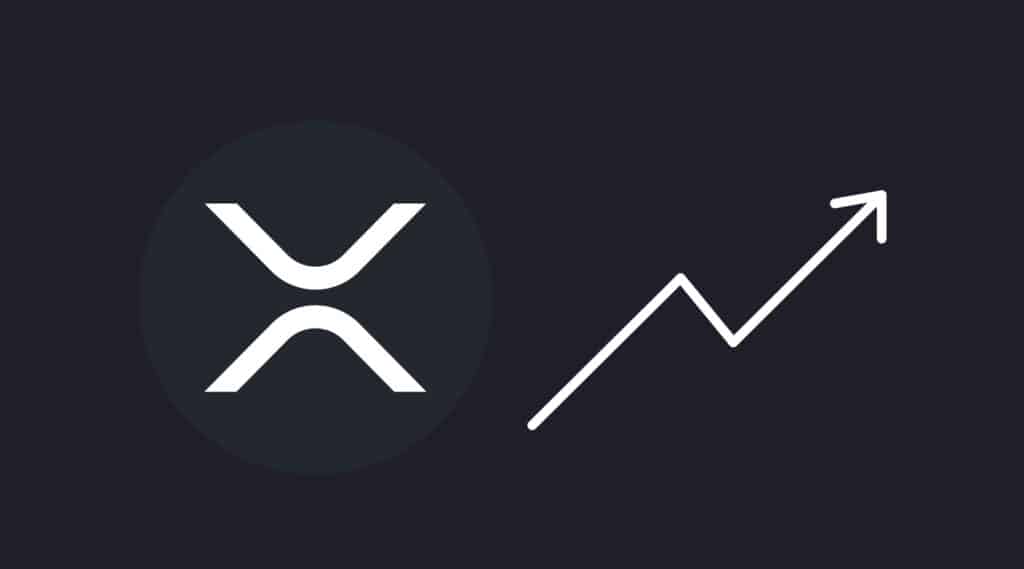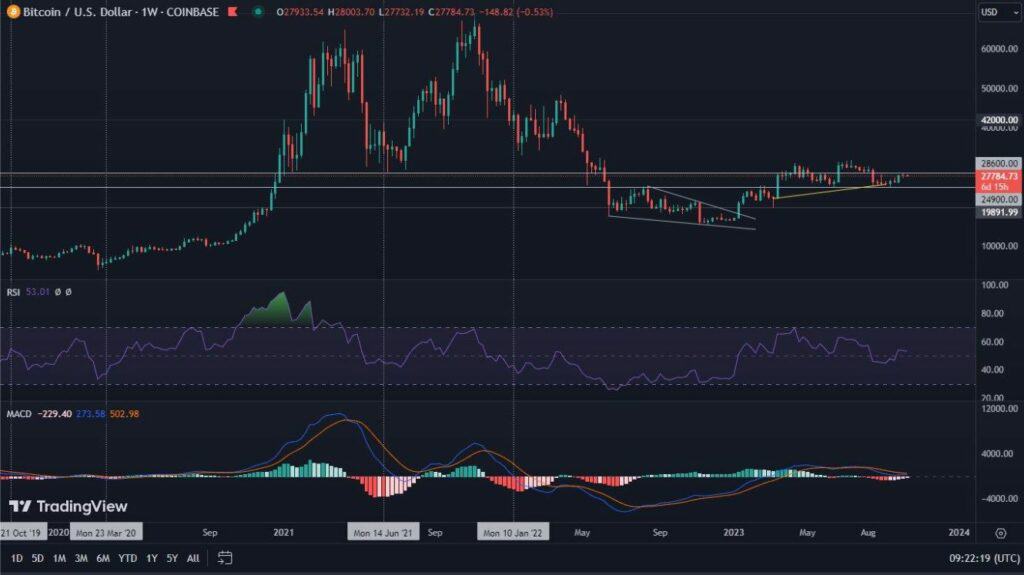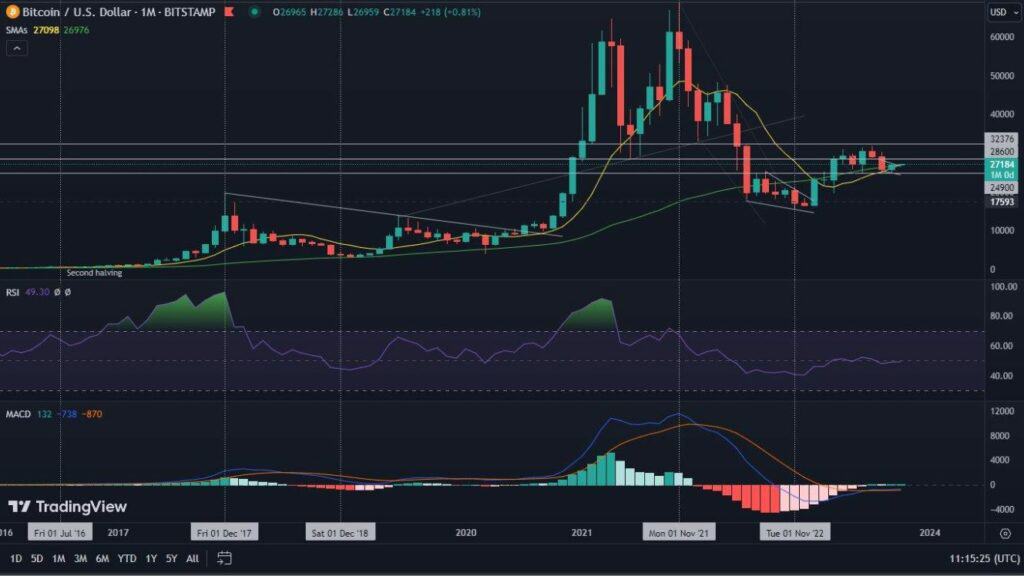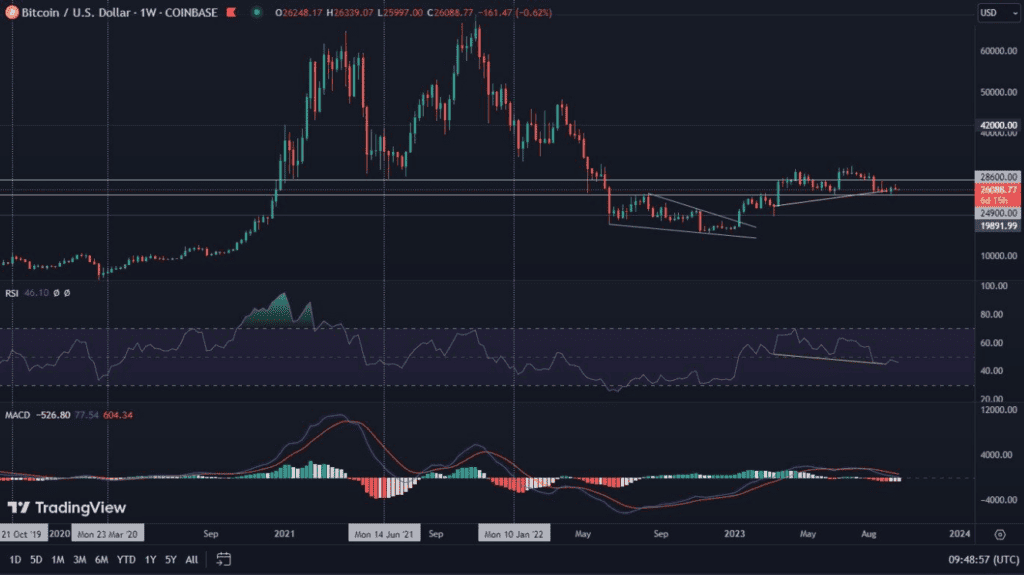Bitcoin’s history, although short, is quite bumpy. The reason for this is not only the dynamic price movements or the repeated rallying of its end. It is also the result of the refinement of the network. Very often this has also been accompanied by so-called forks. More about forks can be found here. This resulted in the creation of other cryptocurrencies called Bitcoin (BTC), with another segment added to its name.
What are forks
Forks are changes to the network, which are intended to introduce certain facilities. It is a kind of adaptation of the network to new standards. Examples include correcting errors, or increasing its scalability, but also changes in the characteristics of transactions.
Soft forks and hard forks are known in blockchain. The former can be, for example, a change in the size of blocks, which is agreed to by most participants in the network. Hard forks are more spectacular. They occur when newer nodes in the blockchain are not able to accept the previous protocol. As a result, new networks emerge. Similar situations have occurred on many cryptocurrencies. We take a look at what happened with the network of Bitcoin.
Bitcoin Dark (BTCD)
Bitcoin Dark (BTCD), is a project that has its origins in the Bitcoin source code and is the result of a hard fork conducted in July 2014. The goal of the creation was clear – to replicate Bitcoin, while improving privacy. In the process, there was also a plan to create a decentralised InstantDEX exchange, providing greater privacy. As with BTC, BTCD had a maximum coin supply of 21 million units. Over time, however, development of the project under its original name was abandoned, and the developers proposed that users switch to a new blockchain called Komodo (KMD). Today, BTCD is considered an extinct coin, while at the time of writing this article KMD is valued at around USD 2.00.
Bitcoin Cash (BCH)
Another well-known hard fork of Bitcoin is Bitcoin Cash (BCH). We mentioned its creation in an article titled “Is there a SegWit. The implementation of Segregated Witness was disputed by miners. Those who did not agree to upgrade the standard blockchain decided to create a new one that would provide more transaction capacity. This is how Bitcoin Cash made its debut in August 2017. The creators were guided by the idea of staying as close as possible to Satoshi Nakamoto’s vision, which is why they often refer to Bitcoin Cash as the real Bitcoin. The project is still being developed and at the date of writing this article its value oscillates around USD 525.
Bitcoin Gold (BCG)
October 2017 brought another split in the network. This time, Bitcoin Gold (BCG) was created. It was backed by miners who wanted to acquire Bitcoin using older graphics cards. Unfortunately, the development of the original network did not allow this, which resulted in a split. Today BCG trades at approximately USD 35.00
Bitcoin Satoshi Vision (BSV)
Bitcoin SV (BSV) is a custom fork of Bitcoin, as it was created from another hard fork, which is Bitcoin Cash. The split took place in November 2018. The creators disagreed with Bitcoin Cash’s vision of growth and created their own network. Their idea was, among other things, to increase the transaction blocks to 128 MB and to continue increasing them in the future. Another form of ordering transactions in a given block was also a goal. Bitcoin SV representatives also believe that their creation is the closest to what Satoshi Nakamoto wrote down in the whitepaper creating Bitcoin. At the time of writing these words, BSV is valued at around USD 220.




